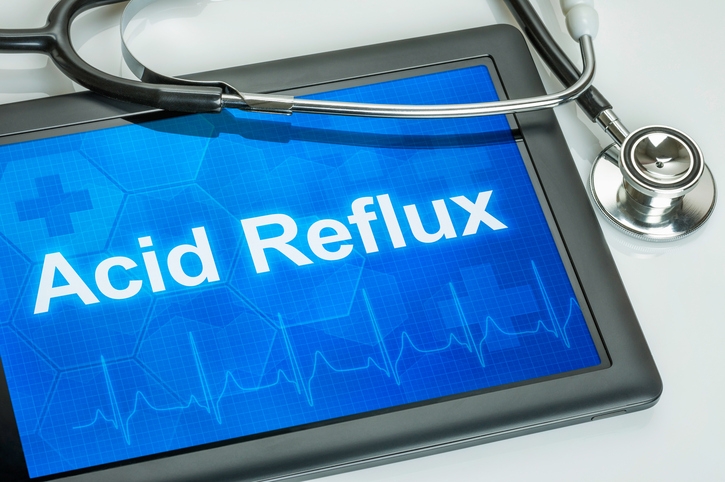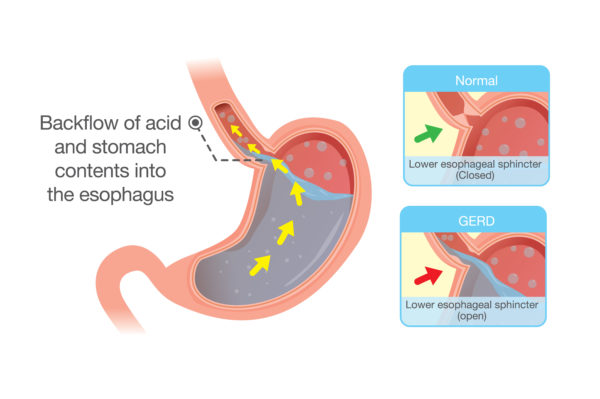Understanding the LINX Treatment for GERD
GERD stands for Gastroesophageal Reflux Disease and is a fairly common digestive disorder. It’s a backward flow of stomach acid into the esophagus and can lead to symptoms like:
- Heartburn
- Regurgitation
- Chest pain
Dr. Malladi is a board-certified surgeon specializing in minimally invasive bariatric, obesity, and general surgery. She is well-known for her surgical expertise and dedication to patient care. She’s earned numerous awards throughout her career for her research and passion in the medical field. She’s received specialized training that includes a fellowship at Northwestern University and a research fellowship at Stanford University.
In this article, we’ll dive a little deeper into LINX treatment for GERD, the impact of GERD on quality of life, complications of LINX, treatment, and some comparison into LINX and other surgical options.
Detailed Understanding of GERD
GERD is a stomach issue that can make you feel quite uncomfortable. There are a variety of causes of GERD.
Stomach acid trouble: When we eat food, it goes down through the esophagus and into the stomach. On rare occasions, the stomach’s acid can end up creeping back into the esophagus. This occurs because the ring-ling muscle at the end of the esophagus doesn’t close properly.
Weak esophagus muscles: Some people can get GERD because of weak esophagus muscles, causing stomach acid to splash back up.
Being overweight:
Excess weight in the stomach can cause pressure to push acid back into the esophagus.
Let’s take a closer look at some of the symptoms of GERD.
Heartburn:
This is the most common symptom of GERD and causes a burning feeling in your chest or throat. It typically occurs after eating or while lying down.
Regurgitation: Regurgitation is when sour-tasting food or liquid comes up into your mouth.
Trouble swallowing: With this symptom, it feels like something is stuck in your throat
Sore throat: GERD can cause you to feel like you have a sore throat, which can also lead to coughing.
The long-term effects of untreated GERD include:
-
Esophagitis
-
Strictures
-
A condition called Barrett’s Esophagus
-
Dental issues
The LINX Procedure: Step by Step
When considering the LINX system for treating your GERD treatment, your doctor will guide you through the preparation to ensure you know what to expect.
1. Medical Evaluation
The first step to your LINX procedure included a medical evaluation. Your doctor will review your medical history and potentially order some tests for you, such as an endoscopy or X-rays.
2. Medication
After that, your doctor will request you to hold off on taking certain medications before your surgery, such as blood thinners. You’ll also need a special diet to prepare your digestive system for the procedure.
3. LINX Procedure
LINX treatment for GERD is performed under general anesthesia and will take around an hour. The LINX procedure itself uses magnetic beads to close the weakened lower esophageal sphincter. This will prevent acid reflux into the esophagus. During the procedure, your surgeon will place the LINX system using laparoscopy. You’ll be able to eat and drink the same day of the procedure and be able to resume normal activities within a couple of days.
The Effectiveness of LINX Treatment
The LINX system is very effective in managing GERD symptoms and aiding in reflux management. The magnetic beads in the LINX system keep the weakened lower esophageal sphincter closed for most of the time so that stomach acid won’t get into the esophagus.
LINX treatment is a revolutionary approach and breakthrough in positively impacting patients’ quality of life. Before LINX entered the picture, GERD sufferers didn’t have much hope in dealing with the condition’s unpleasant symptoms. This procedure helps patients eat meat meals without fear or following discomfort afterward.
LINX treatment is more of a permanent solution in comparison to patients having to constantly use medication like proton pump inhibitors to control their acid reflux. It’s a drug-free treatment that allows patients to gradually reduce or stop their medication while under their doctor’s guidance.
Potential Risks and Complications of LINX
The LINX treatment for GERD is generally safe and effective, but just like with any surgical procedure, there are also some risks to consider.
Short-term complications: Some patients find that they have some mild difficulty swallowing after the procedure. This mainly occurs during recovery and improves as the body adjusts to the LINX device. All types of surgery also come with the risk of infection, which is another potential complication with this procedure.
Long-term complications: In rare cases, the LINX device might move from the original position it was placed in. If this does occur, surgery may be required to reposition it. Some patients experience excess gas production in the stomach. It’s typically not a huge concern, but some patients find it uncomfortable to deal with.
Get Started With LINX Treatment With Dr. Malladi
Ready to get started on your journey toward improved health? Schedule a consultation with us at Malladi Bariatrics and Advanced Surgery today. Experience the personalized, patient-centric approach that sets our practice apart from the rest. Dr. Malladi’s guidance and support will bring you one step closer to feeling free from the uncomfortable symptoms of GERD. Contact us to book your appointment.







